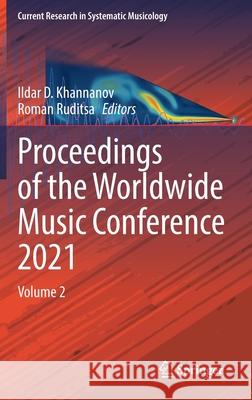Proceedings of the Worldwide Music Conference 2021: Volume 2 » książka
topmenu
Proceedings of the Worldwide Music Conference 2021: Volume 2
ISBN-13: 9783030858858 / Angielski / Twarda / 2021 / 120 str.
Wydawca:
Springer
Seria wydawnicza:
Język:
Angielski
ISBN-13:
9783030858858
Rok wydania:
2021
Wydanie:
2021
Numer serii:
000462520
Ilość stron:
120
Waga:
0.35 kg
Wymiary:
23.39 x 15.6 x 0.79
Oprawa:
Twarda
Wolumenów:
01
Dodatkowe informacje:
Wydanie ilustrowane











